All Rights reserved
By continuing to use our site, you agree to our Privacy Policy and Terms of Use.
Your support makes The Advocate's original LGBTQ+ reporting possible. Become a member today to help us continue this work.
The spanish have a saying, De lo perdido, saca lo que puedas: Literally, from what's lost, extract what you can. Make the best of a bad situation. So after a devastating 1957 flood took the lives of dozens in Valencia and left the city center submerged under eight feet of water, locals cleaned up, dug deep, and took the adage to heart. They diverted the very path of the Turia River, by which their beloved city had grown for centuries, and along its former watercourse created one of the world's most impressive civic spaces, a work still in progress that's part gorgeous parkland, part futuristic culture complex, and all a living testament to a 21st-century Valencia that's completely reborn -- and still on the rise. While it won't eclipse the big gay centers of Spain -- Madrid, Barcelona, and Sitges -- Valencia is becoming increasingly popular with travelers who have had their fill of gay beaches and raucous clubbing and nightlife.
The city's inspired municipal remolding hasn't been hurt an iota by the fact that one of the world's most prominent modern architects, Santiago Calatrava, is a proud native. Calatrava, who's also designed such notable stateside projects as the Milwaukee Art Museum and the in-progress World Trade Center PATH Station, was the visionary behind the gleaming City of Arts and Sciences at the east end of the old Turia River route. So far, the Jetsons-esque enclave includes a science museum, Europe's largest oceanographic aquarium, an eyeball-shaped IMAX theater, and most recently a 14-story, 400,000-square-foot city opera house and cultural center, already world-acclaimed and set to start its fall season October 31 with Hector Berlioz's Les Troyens.
Continuing westward, the ingenious Valencianos have converted the rich former riverbed into Turia Gardens, a glorious six-mile, 550-acre stretch of city park with areas for every conceivable outdoor pursuit, including bike lanes, running tracks, soccer fields, a skateboarding zone, and even a giant chessboard. At its far west end you'll find the massive new Bioparc, a fantastic next-generation open-air zoo with different climatized habitats for its more than 4,000 animals, representing more than 250 species.
Wrapped about its one-of-a-kind Turia Gardens centerpiece, the warm city of Valencia, Spain's third largest with about 810,000 inhabitants, brims with still more stunning visuals. Successive waves of Romans, Visigoths, and Moors added to the architecture of what's now called the Old Town, where two of the medieval city's original gates still stand watch at the perimeter. Inside, the showstoppers are Plaza de la Virgen (Virgin Square) and its adjacent cathedral, within which resides the literal Holy Grail of Holy Grails: a chalice deemed by the Catholic Church to be the drinking cup from the Last Supper. Nearby, the Plaza Redonda (Round Market) offers a fascinating glimpse into bygone Valencia, with small market stalls selling cloth, lace, and ceramics as they have for centuries.
El Carmen, which sits at the top of the Old Town where the former river used to bend, was one of the hardest-hit neighborhoods in the '57 flood and, at least initially, one of the least renovated. Following a few decades of debauchery-laden decline, in recent years El Carmen has seen a powerful resurgence, becoming the city's hub for artists, hipsters, nightlife, and -- surprise, surprise -- the gays. By both day and night it's a magical onslaught of energetic sights and sounds, largely free (for now) of the tourist throngs commonly found in Barcelona and Madrid.
Valencia's sizzling weather during summer means no shortage of Mediterranean beach days, best indulged either at the city's main strip, Malvarrosa (a quick 10-minute bus or tram ride from the city center), or the clothing-optional Pinedo (a further five-minute bus ride south). But never is Valencia more vibrant than in mid March, during its famed annual Fallas festival. A throwback to an earlier pagan springfest but now officially an homage to St. Joseph (patron saint of carpenters), the party is thrown by several hundred neighborhood groups who spend months creating elaborate and massive wood and papier-mache sculptures, often with bawdy or satirical themes (George W. Bush was frequently lampooned in years past). The creations go on display throughout the city on March 15, ushering in a lively many-day festival of fireworks, parties, and fallas sculpture (or ninot) viewing that culminates at midnight on the 19th, when fires rage across Valencia as all of the effigies are burned -- save for one, the people's favorite, which goes on display with previous years' winners at Museo Fallero (Fallas Museum).
The gracious Valencianos (who speak both Spanish and Valencian, a dialect of Catalan) are proud of their city and its varied delights, both old and new. This is, after all, at once the homeland of paella, the headquarters for Lladro porcelain, and the site of the most recent America's Cup sailing regatta. As the city steams ahead (the City of Arts and Sciences' new multifunctional Agora structure is set to open in November), this a place clearly destined -- and ready -- to be one of Europe's brightest stars for many years to come.

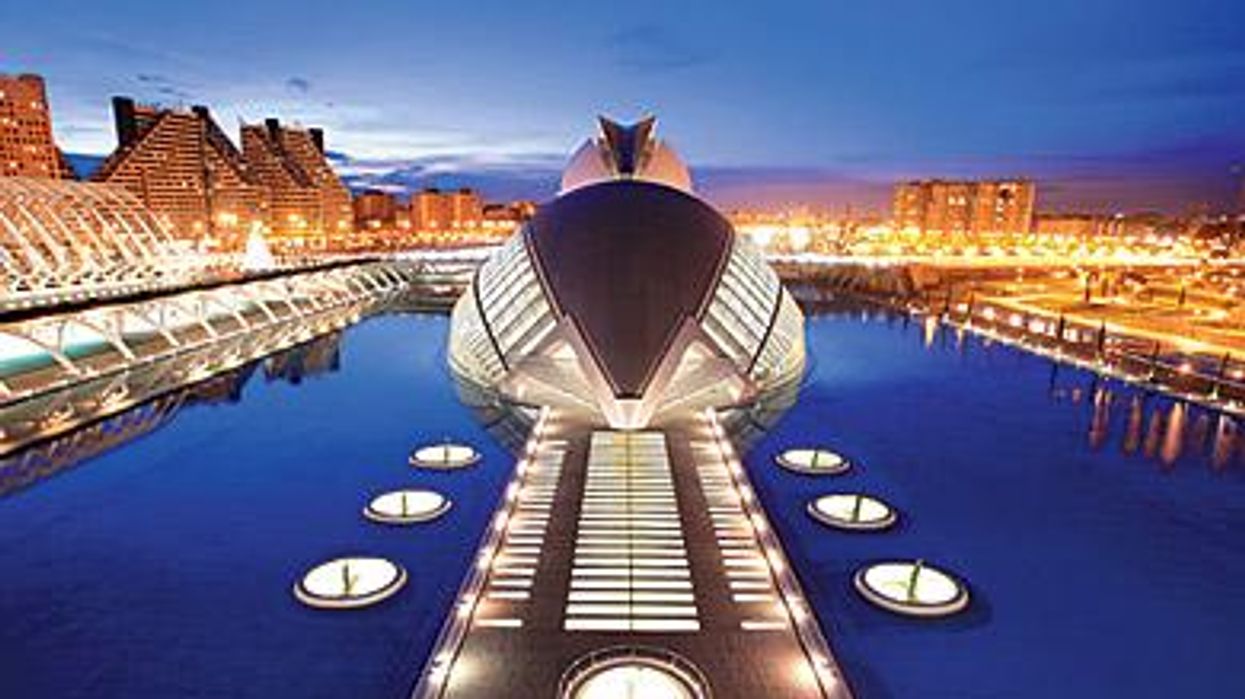















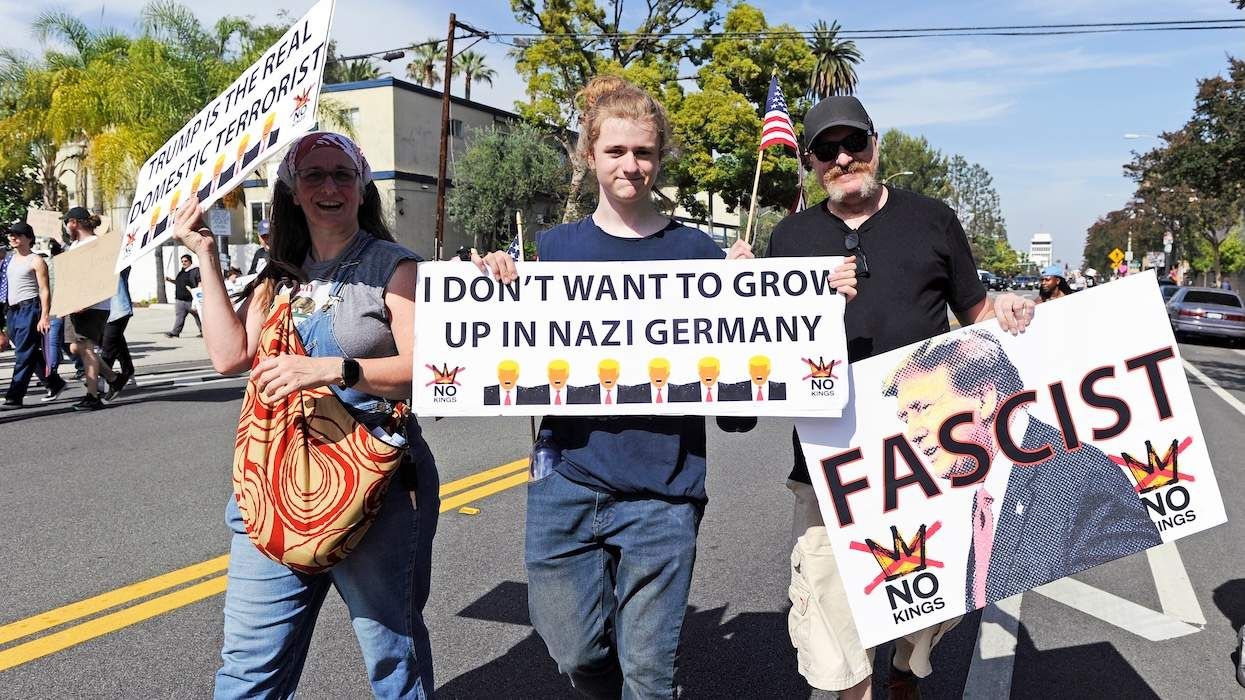
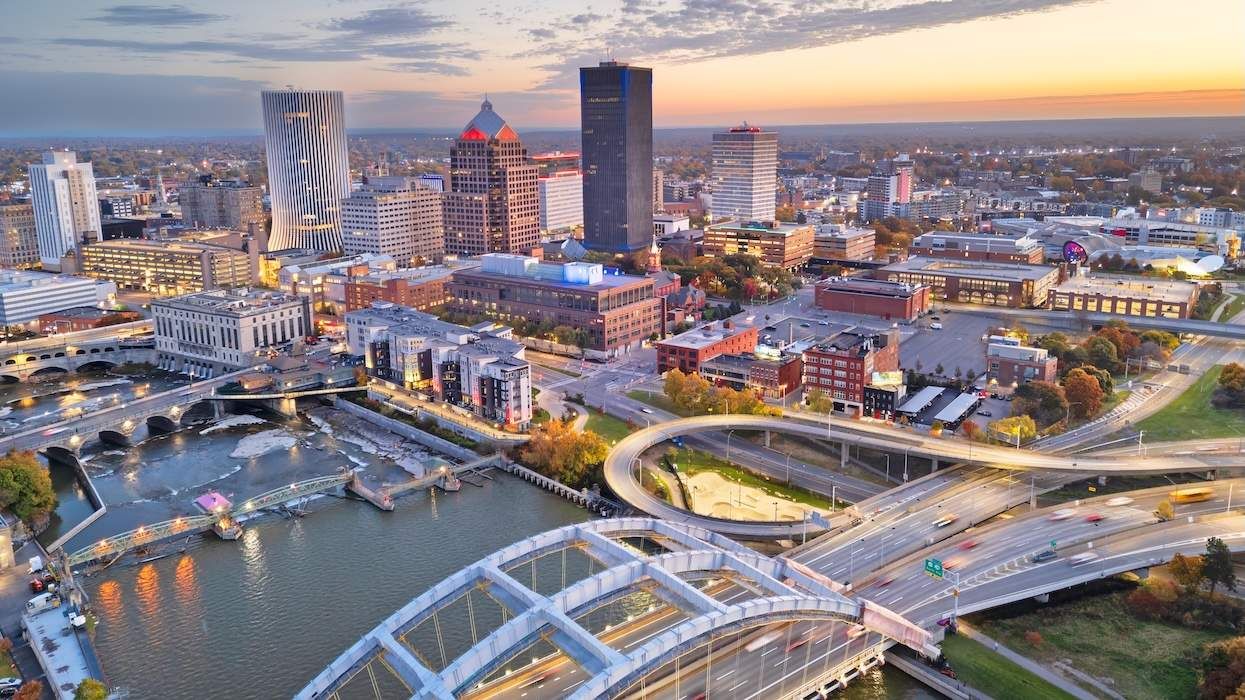




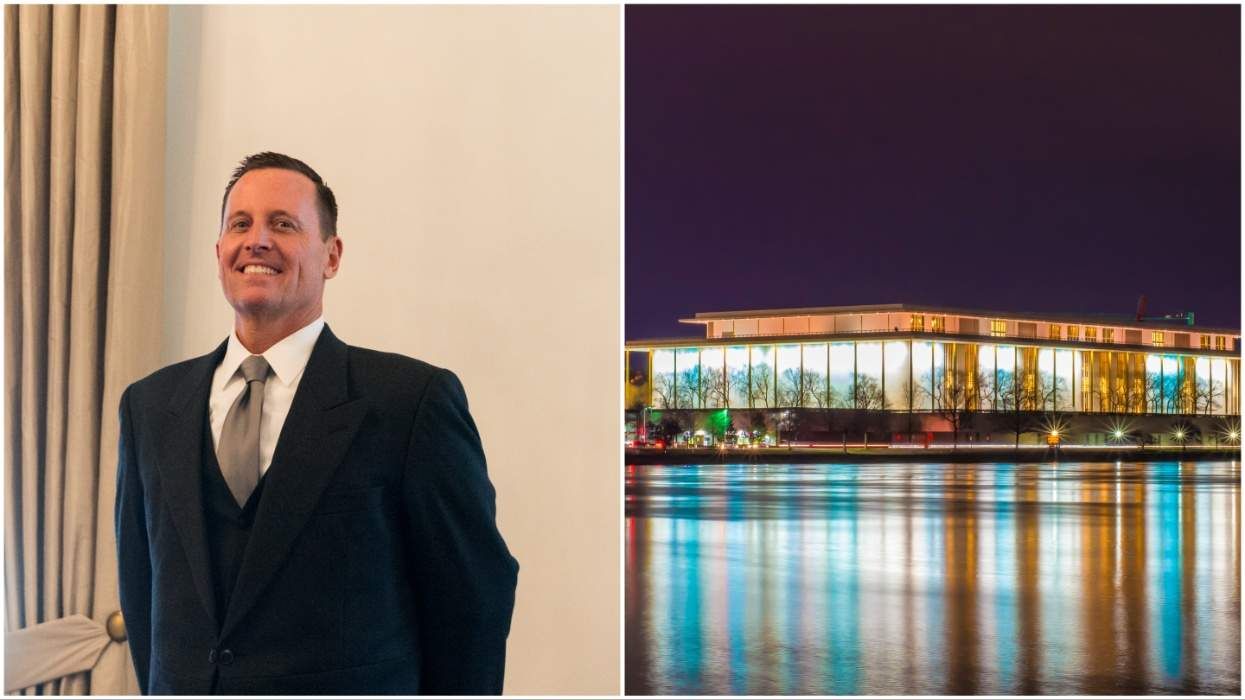

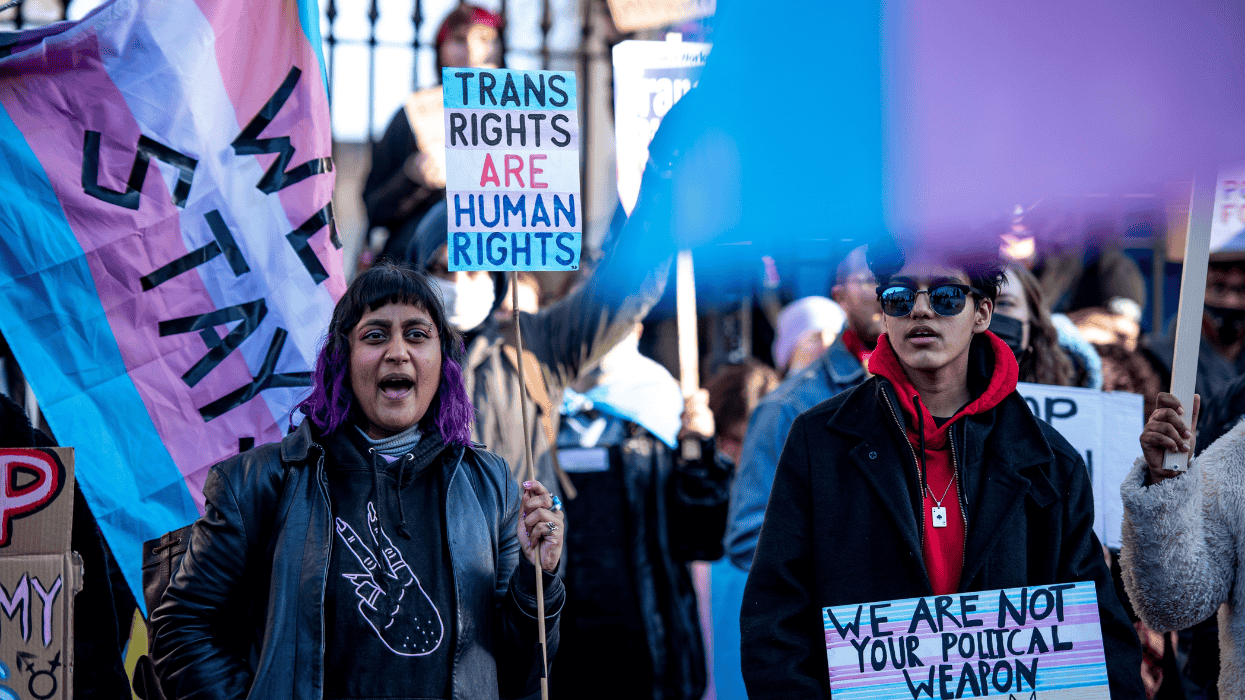
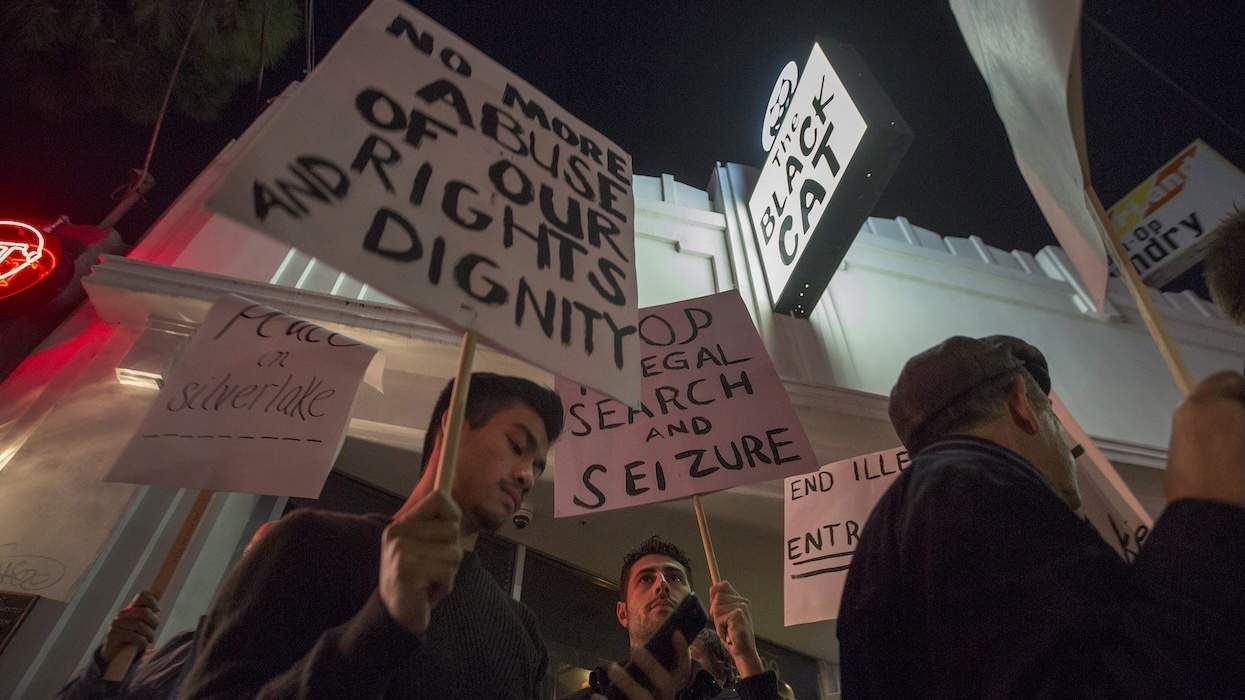
















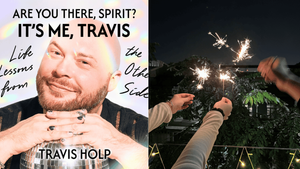











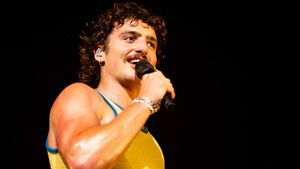
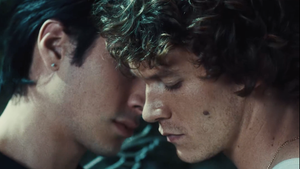








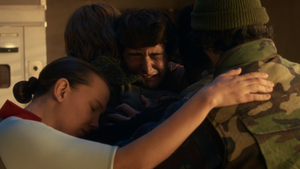


Charlie Kirk DID say stoning gay people was the 'perfect law' — and these other heinous quotes